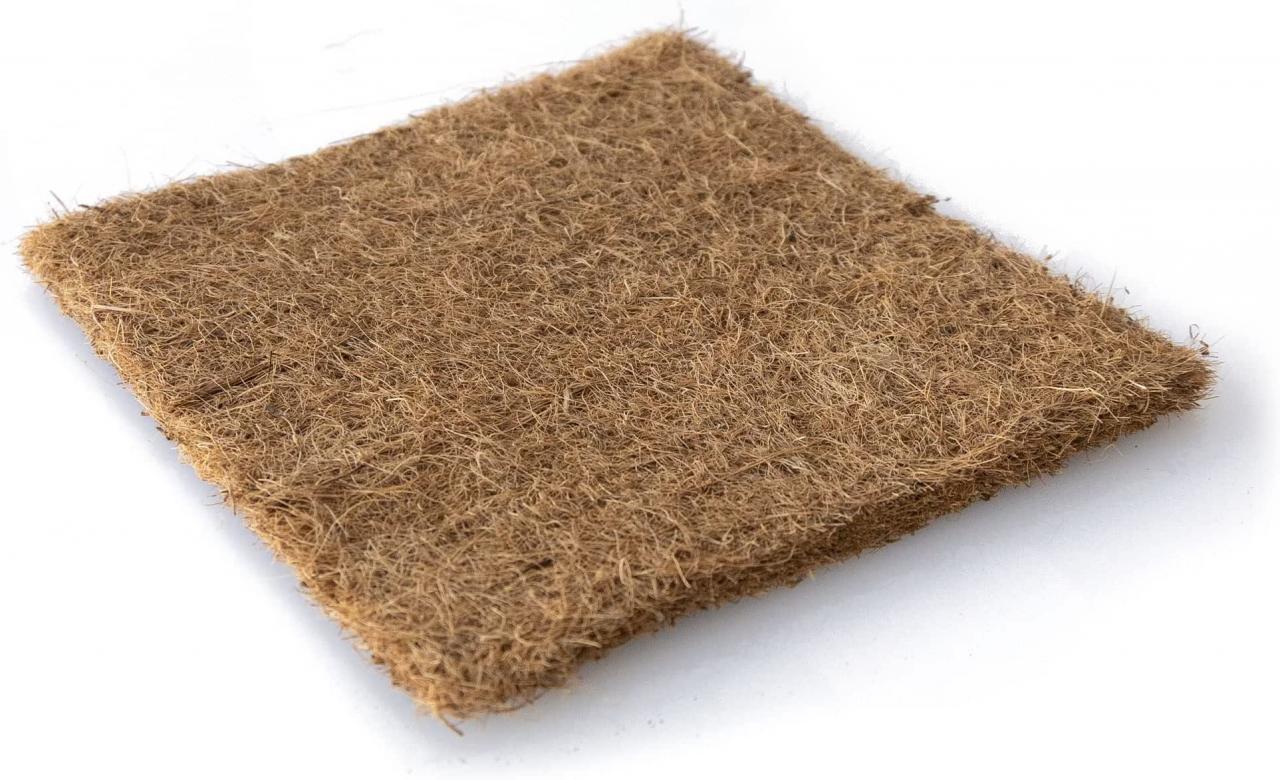Coconut coir has become a popular choice for hydroponic and soil-based gardening, particularly for growing microgreens and wheatgrass. The Coconut Coir Hydroponic Grow Mat, a product from Mountain Valley Seed Company, offers a convenient and sustainable option for those looking to cultivate these delicate greens. In this article, we’ll explore the pros and cons of this grow mat to help you determine if it’s the right fit for your gardening needs.

Pros of the Coconut Coir Hydroponic Grow Mat
Sustainable and Eco-Friendly: The Coconut Coir Hydroponic Grow Mat is made from all-natural, sustainable coconut fiber, making it a environmentally-conscious choice for your gardening setup.
Excellent Water Wicking and Aeration: The woven coconut fiber design of the mat provides excellent water wicking and aeration, which is crucial for the healthy growth of microgreens and wheatgrass.
Biodegradable and Compostable: After use, the grow mat can be composted, although it may take some time to fully break down due to the natural rubber used as a shaping agent.
Versatile and Customizable: The grow mat can be cut to fit custom growing containers, allowing for a tailored fit in your gardening setup.
Cons of the Coconut Coir Hydroponic Grow Mat
Potential Nutrient Deficiencies: Coconut coir, while providing excellent water and air management, does not contain any inherent nutrients. Growers will need to supplement with appropriate fertilizers to ensure their plants receive the necessary nutrients for optimal growth.
Potential Salt Buildup: Depending on the source and processing of the coconut coir, there is a risk of salt buildup, which can negatively impact plant health and nutrient uptake. Careful selection of the coir source and proper rinsing is recommended.
Slower Decomposition: While the grow mat is biodegradable, the natural rubber used as a shaping agent may slow down the decomposition process, making it less suitable for immediate composting after use.